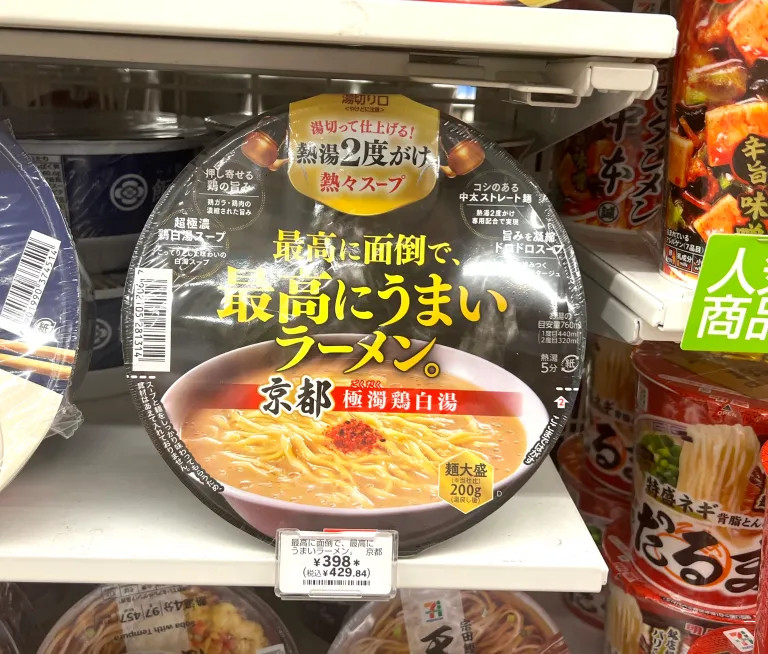
We don’t mind annoying, if the flavor is worth it.
Over the past year, 7-Eleven has been releasing different flavors of a special kind of cup noodles called the “Most Annoying but Most Delicious Ramen”, which are crafted to be extra delicious–but not quite as instant as you’d expect. Still, they’re worth the effort, so when we noticed that the third iteration had come out while we were shopping for 7-Eleven’s new Michelin-star ramen-flavored Baby Star snacks, we had to try it.
This ramen is called Kyoto Kyoku Nigori Tori Paitan (Super Cloudy Chicken White Broth from Kyoto), which, as you can guess from the name, is a ramen with a cloudy broth. In fact, it’s the first of the series to have a broth that isn’t clear, and this one is paitan, a bone broth made without soy sauce, which is also unusual. This piqued our interest even more.
We bought ours for 429 yen (US$2.90), which is pretty expensive for cup ramen.
The packaging boasted the new cloudy broth, as well as medium-thickness noodles that were straight instead of curly. The cooking method requires you to pour hot water over the noodles twice, which is somewhat unusual for cup noodles.
▼ “Straight noodles that are both firm and chewy! Formulated to be poured over with hot water twice”
One serving contains 152 grams (5.4 ounces) of food, amounting to 534 calories. Since the second MAMD Ramen clocked in at 699 calories, this one is almost restrained.
Under the lid, we found four different packets of powdered soup and toppings.
They were “Extremely Cloudy Umami Dashi Broth”, “Chicken Broth”, “Oil Flavoring”, and “Red Pepper Seasoning”, and all went in after the second addition of hot water.
The noodles are designed to be put in hot water twice…
So we poured in the first round of hot water…
Shut the lid, and, holding it closed by putting two of the seasoning packets on top, waited five minutes.
Then we opened up the strainer spout, poured out the first round of water…
And added the second round of hot water.
Then the seasonings and broths went in…
And it was ready!
There weren’t any vegetable of meat-like toppings, leaving the noodles and broth bare. We were impressed; this sent the message that the flavor would stand on its own. But was it good enough?
Hmmmm…
We’re not sure. The noodles were just a bit too soft for our tastes. We didn’t think we prepared them wrong, especially since the package explicitly states that they need two rounds of hot water, but we couldn’t help but feel that they were a bit too gooey.
The broth, however, we really liked. The packaging said it was “Like a chicken potage”, and it didn’t lie. It was so creamy and thick and of such high quality that they could sell the broth separately as a soup. Whether you like it or not may be down to personal preference, though, since such a thick broth is pretty uncommon for ramen.
So in the end, our only complaint was with the noodles, which is why we can’t accept that this ramen has the title of “Most delicious.” Well, it wasn’t so bad, since we enjoyed the soup so much that we finished the whole thing.
Still, we couldn’t help but think of ways to really bring this cup ramen to the “Most Delicious” level, so we decided to experiment.
Our first hypothesis was that perhaps these noodles don’t need to be cooked as long as five minutes. Since you add hot water again after they’re drained, they end up being cooked for far longer, which might be why the noodles ended up so soft.
With that in mind, we decided to let the noodles sit for three minutes, then test them every 30 seconds until they were cooked to our liking. That way we could determine the proper time needed to cook the noodles to perfection before pouring out the water and adding more in.
We first checked them at the three-minute mark.
They weren’t quite done. They still had a floury taste. Another 30 seconds didn’t bring them to the right level either, but at four minutes, they were at just the right firmness that we hoped a second dousing of hot water would bring them to the perfect level of softness.
We finished up the cooking and added all the seasoning packets, and then gave it a taste…
Ohh! That was pretty good! As we guessed, we’d cooked the noodles just enough that they had a good level of chewiness that made them undeniably delicious. This time we didn’t even consider drinking the broth, and instead focused on slurping up all the noodles.
But there might be a way we could make this ramen even more delicious, so we decided to try another experiment. We went back to 7-Eleven and bought three different kinds of 7-Eleven brand fresh noodles: thin, medium thick, and extra thick. Each package cost 84 yen.
Our idea? To try different noodles in the same broth and see if that would elevate it. We cooked them separately according to package directions, then added them individually to the broth to test.
▼ From left to right: Extra Thick Noodles, Medium Thick Noodles, and Thin Noodles
First we tried the thin noodles.
They were pretty good! Since the noodles were thinner, they managed to absorb a lot more of the flavor of the soup, providing the perfect balance of soup and noodle. Plus, it was easy to scarf down.
Next we tried the “medium thick” noodles.
Texture wise, these noodles didn’t change much from the thin noodles. However, we did think that the thin noodles did a better job of meshing with the soup. The noodles that come in the cup were also of medium thickness, but since these noodles are fresh, they have a bit more of a floury taste that was more evident in these than in the thin noodles.
Lastly we tried the “extra thick” noodles.
Sadly, they were a miss. Since they’re so thick, they overpowered the soup in both taste and texture, and honestly, fresh noodles just didn’t seem like a good match for this broth. The flavors just didn’t pair well.
So in the end, the methods we tried to make the latest “Most Annoying but Most Delicious Ramen” from 7-Eleven truly “the most delicious” are ranked as follows:
First place: Cooking the original noodles for just four minutes
Second place: Using 7-Eleven’s Fresh Thin Noodles
Third place: Using 7-Eleven’s Fresh Medium Thick Noodles
Fourth place: Using 7-Eleven’s Fresh Extra Thick Noodles
Of course, personal preference plays a large role in whether or not you agree. Some people, for example, prefer their noodles to be on the soft side, and if that’s you, the “Most Annoying but Most Delicious Ramen Kyoto Kyoku Nigori Tori Paitan” is probably perfect the way it is. But if you’re somewhere else on the scale, then you can use our rankings to get an idea of where to start to make them exactly how you like them.
And for dessert, you might as well pick up 7-Eleven’s new mint chocolate whipped cream sandwiches while you’re there! Happy snacking!
Images © SoraNews24
● Want to hear about SoraNews24’s latest articles as soon as they’re published? Follow us on Facebook and Twitter!
[ Read in Japanese ]

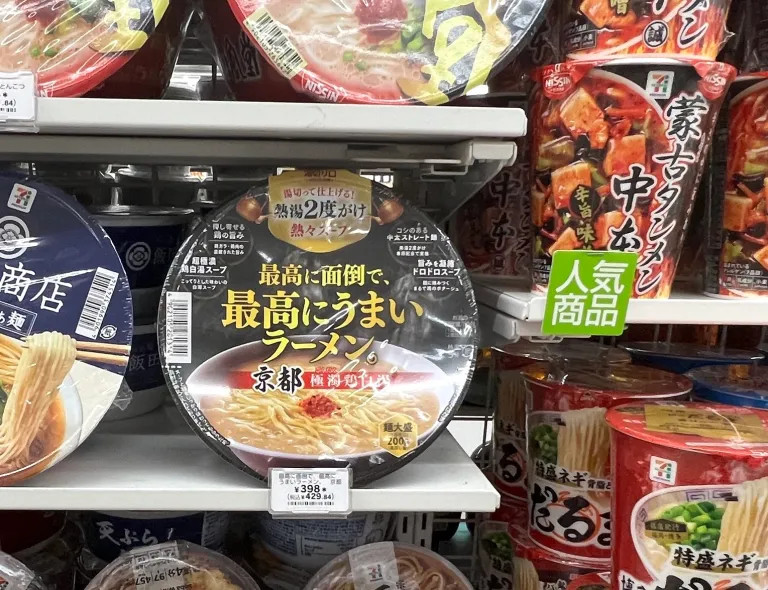
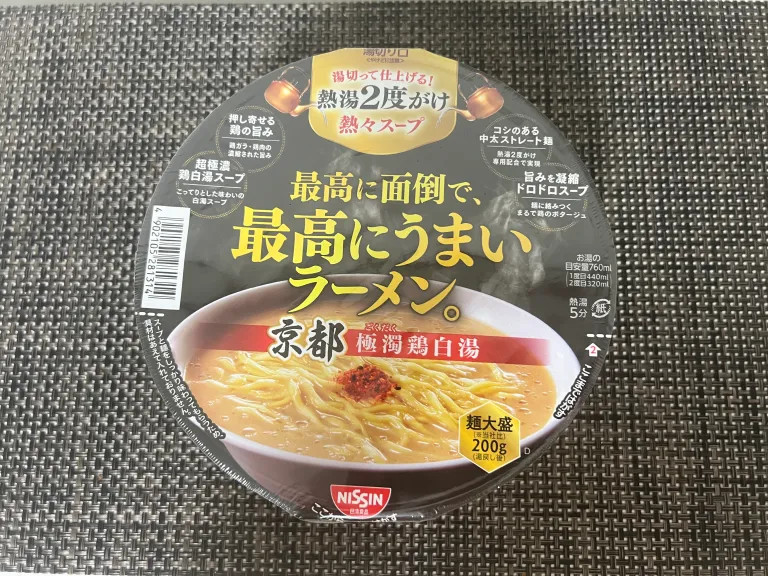
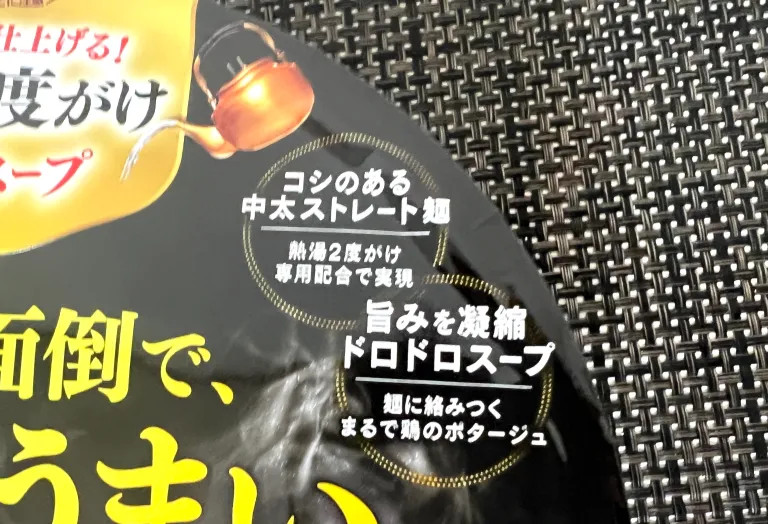
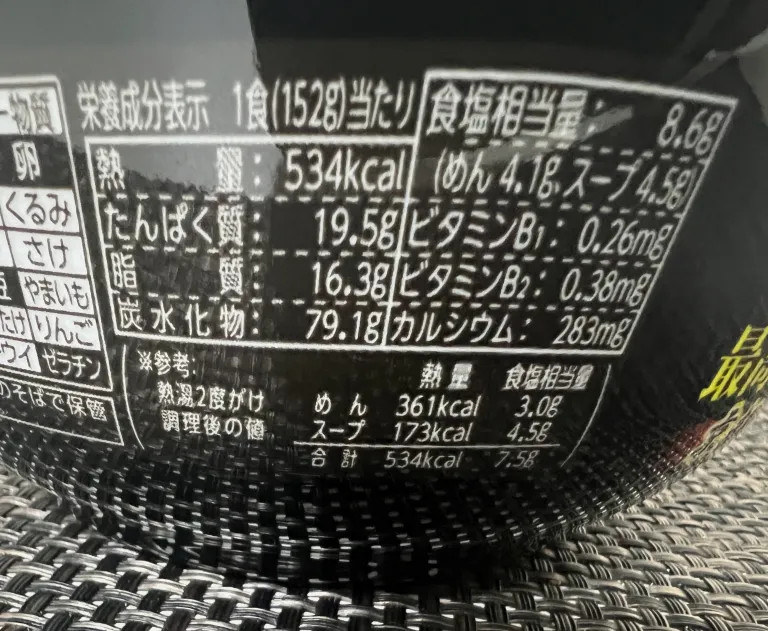
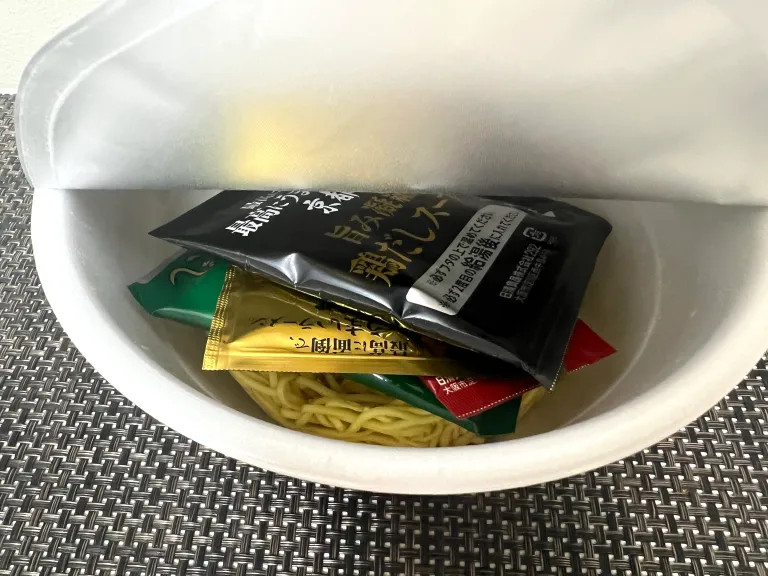


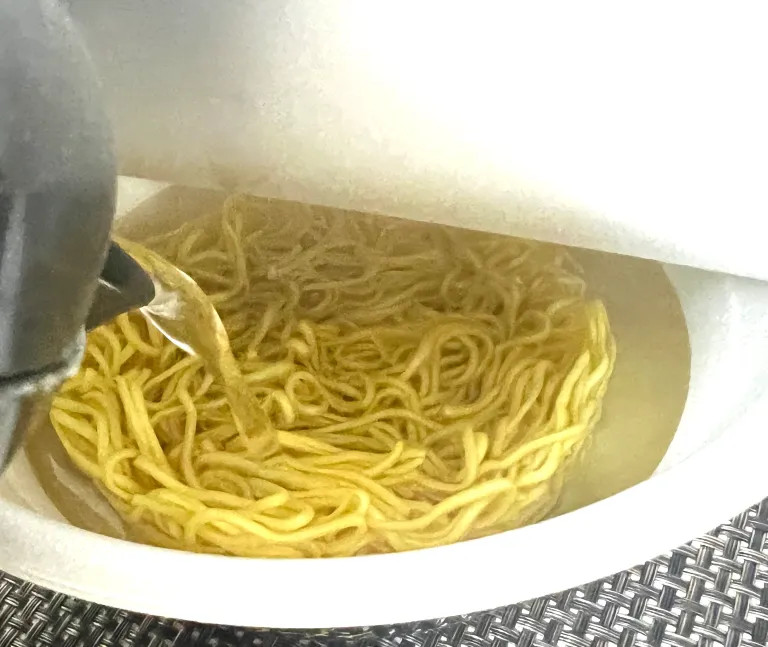
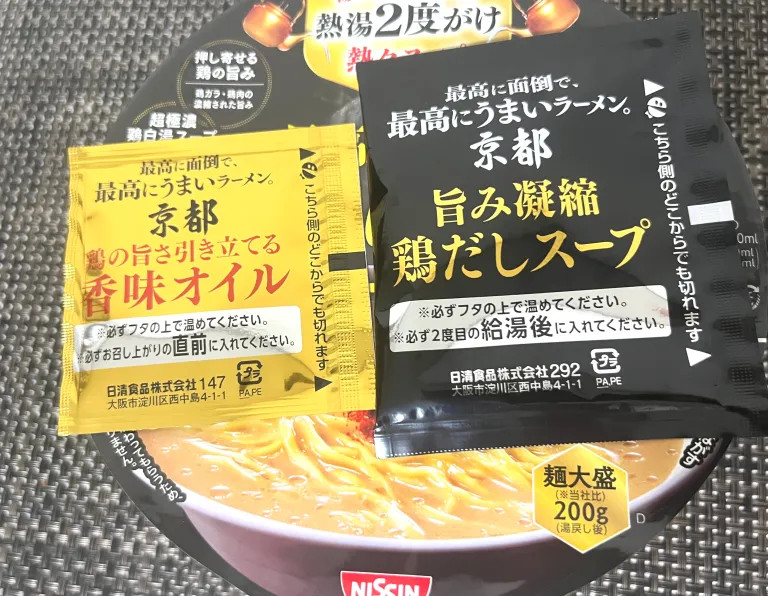
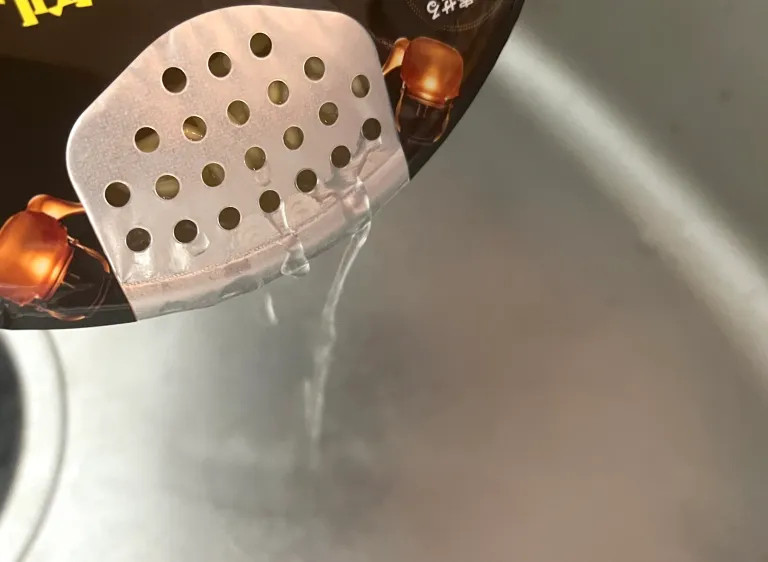
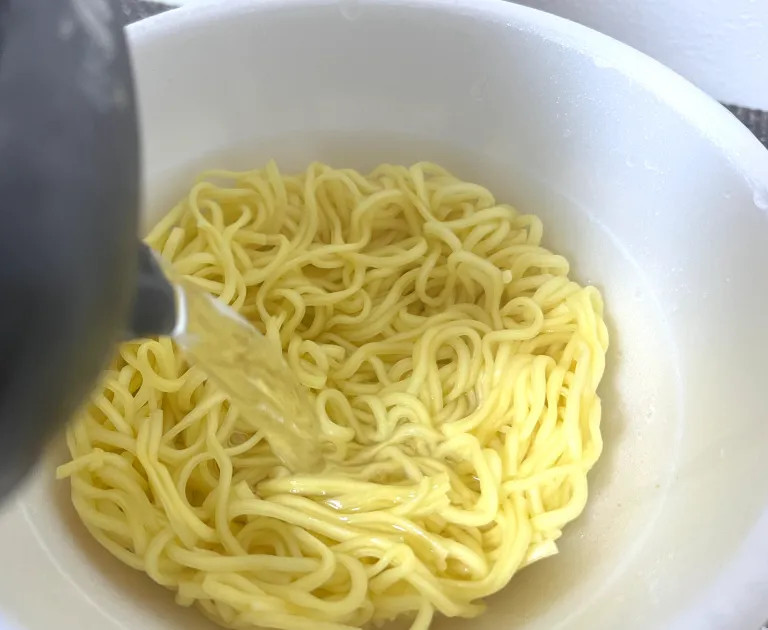
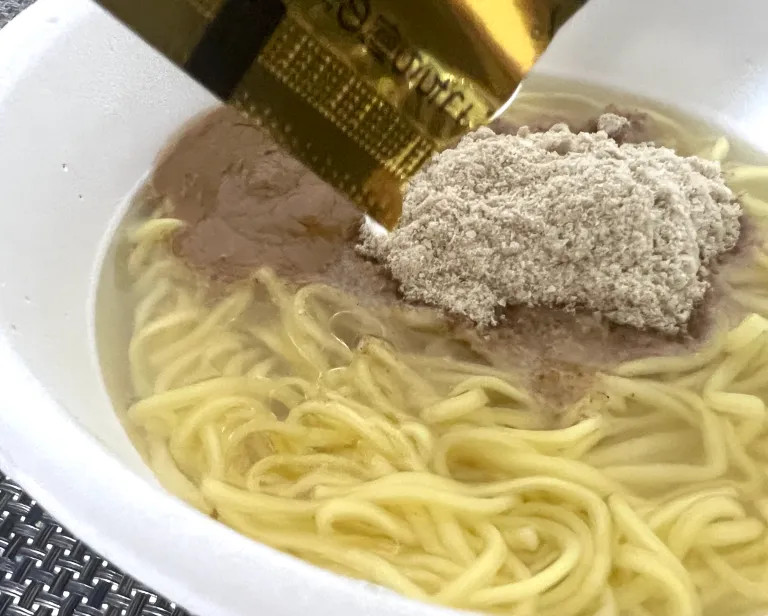

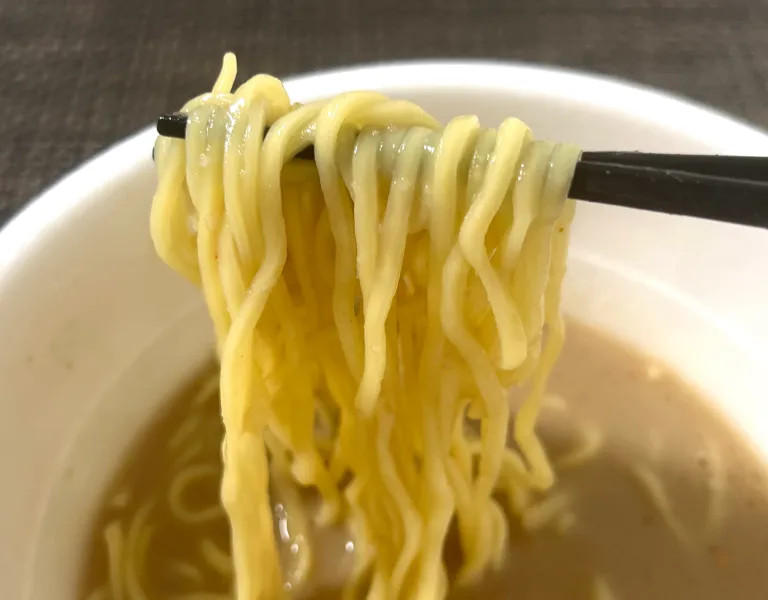
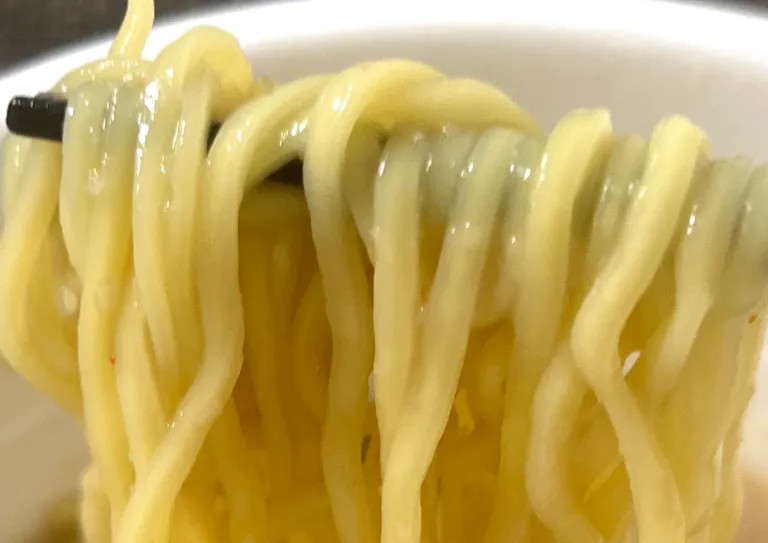
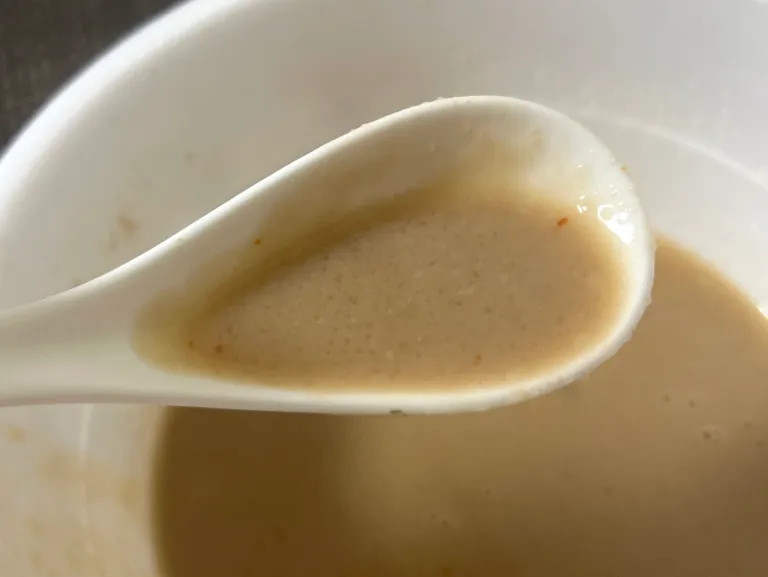
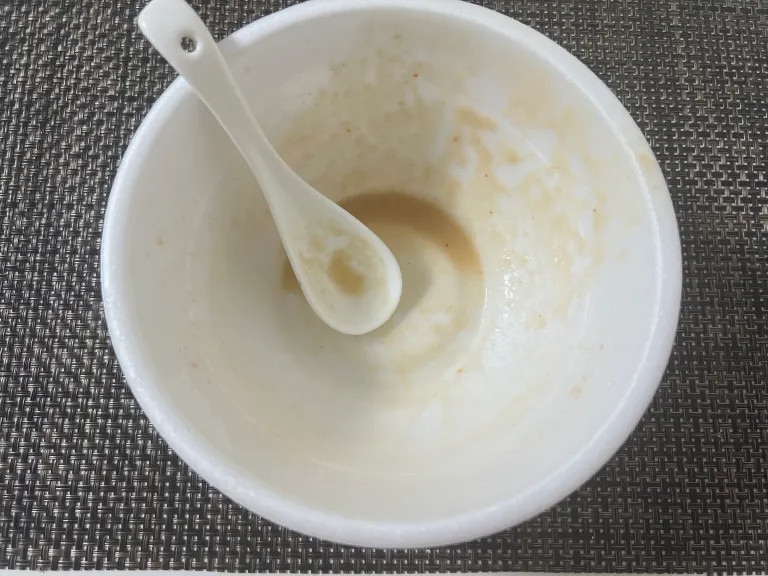
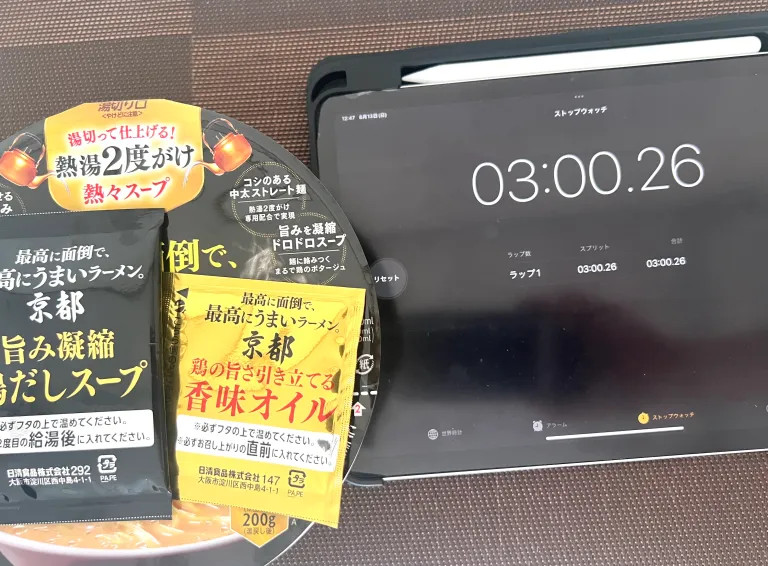
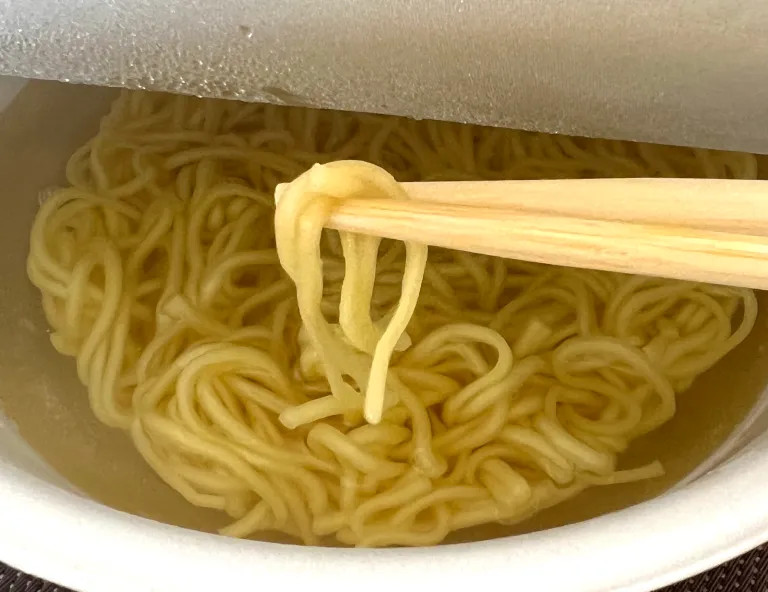
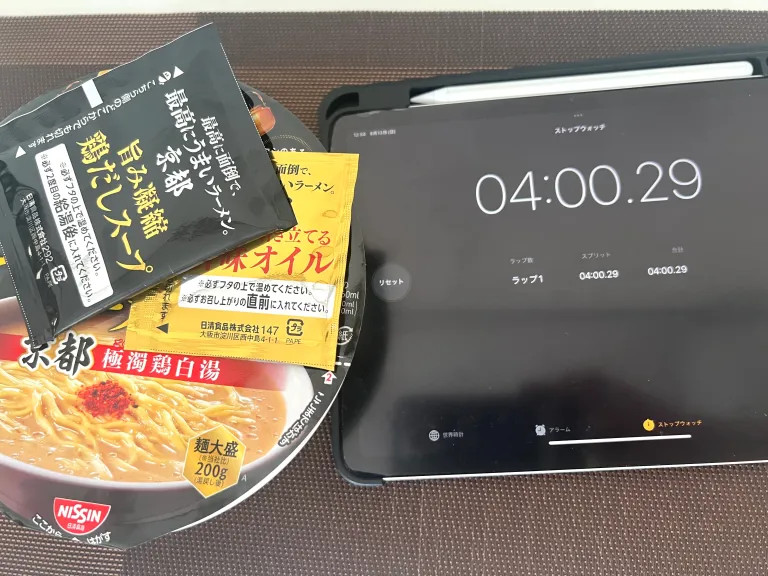
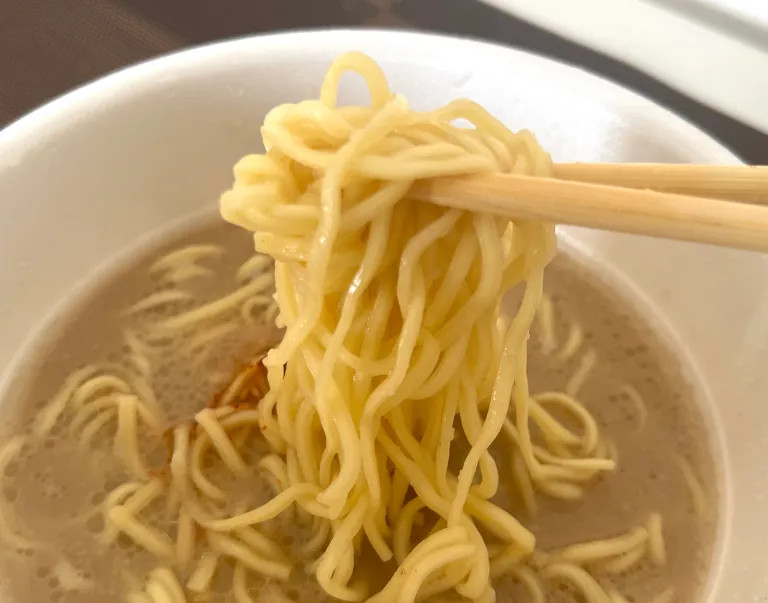

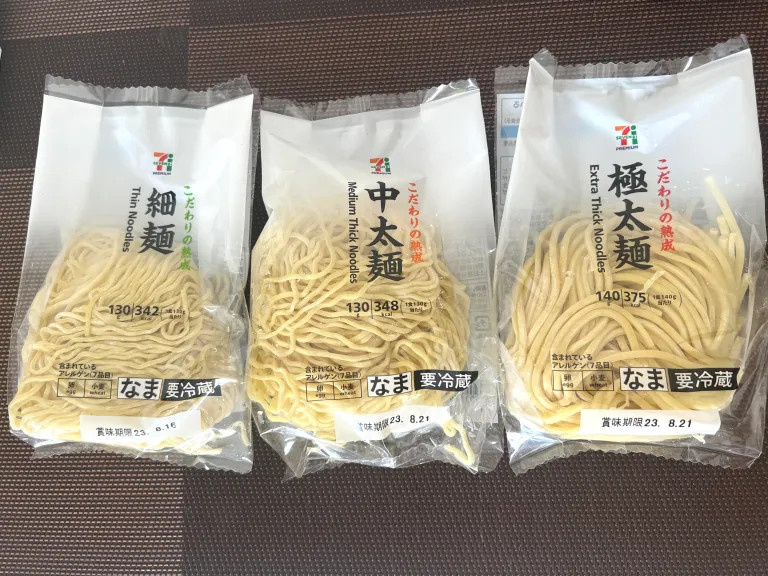
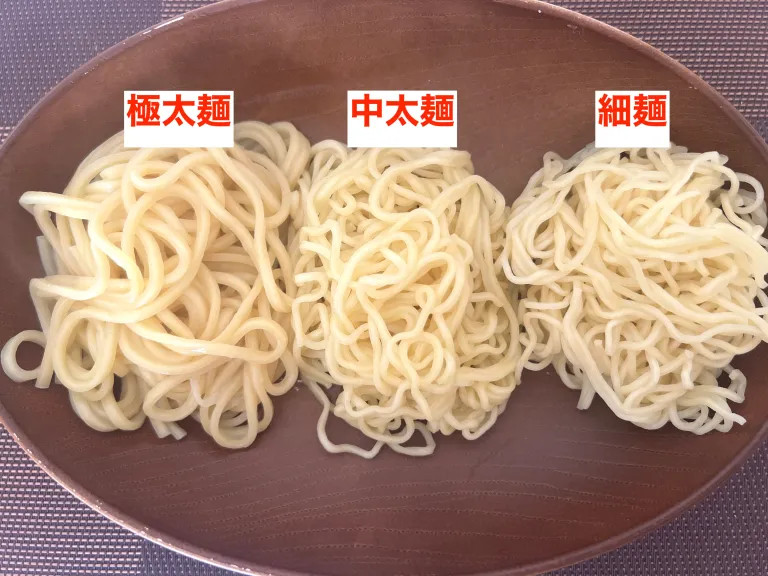
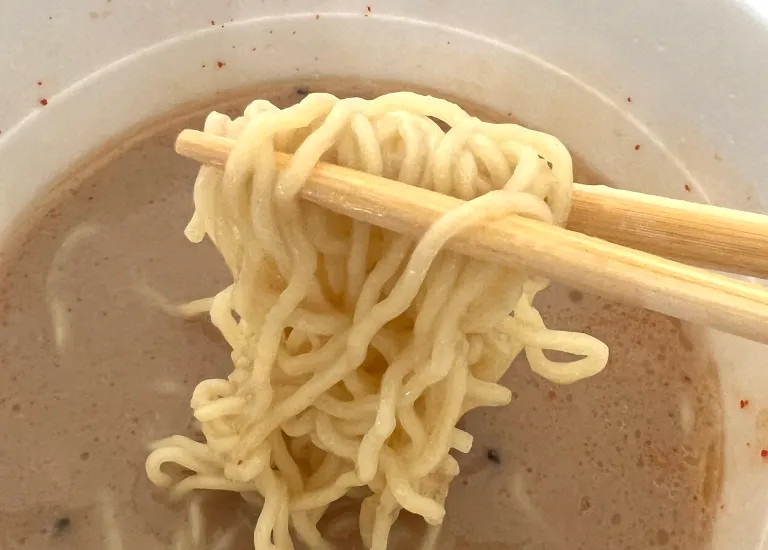
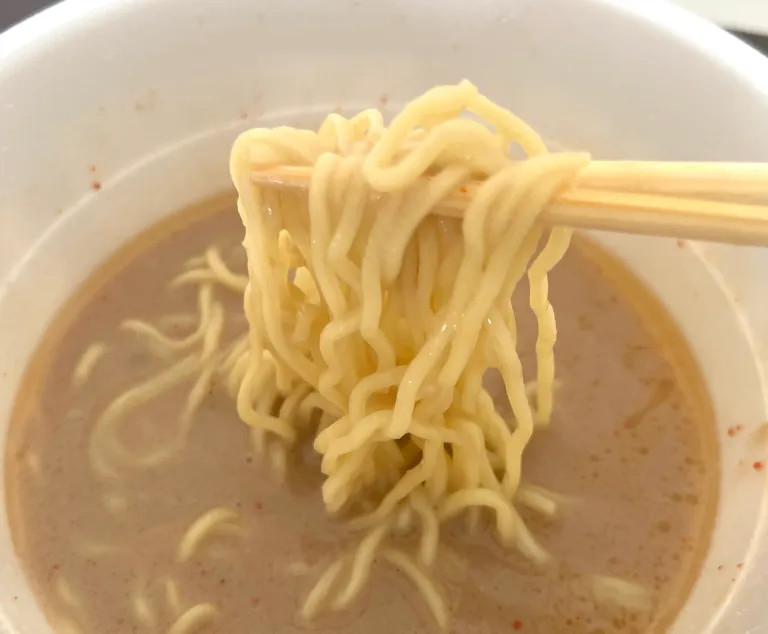
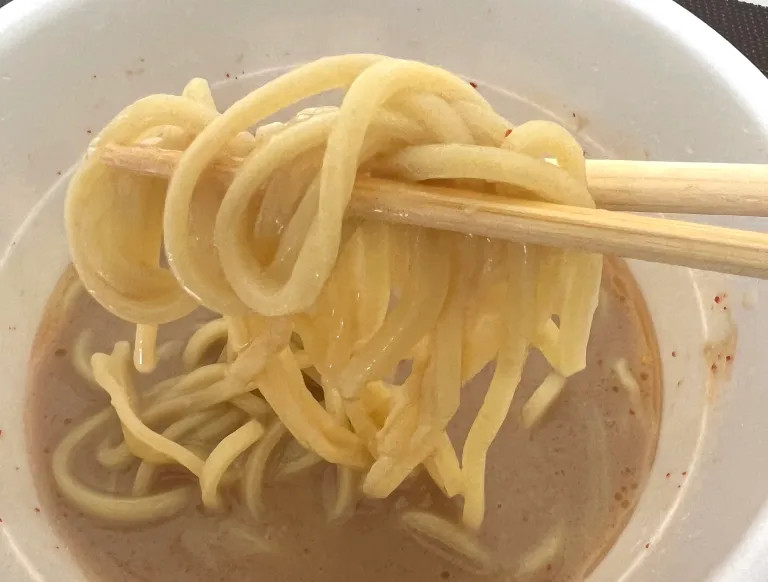
 Which noodles, other than Okinawa soba, pair best with Okinawa soba broth?【Taste Test】
Which noodles, other than Okinawa soba, pair best with Okinawa soba broth?【Taste Test】 We try out Nissin’s new Cup Noodle Broth Hardening Powder to see if it really works
We try out Nissin’s new Cup Noodle Broth Hardening Powder to see if it really works How to make tonkotsu ramen at home 【SoraKitchen】
How to make tonkotsu ramen at home 【SoraKitchen】 The top 10 most popular instant noodle brands at the start of 2021
The top 10 most popular instant noodle brands at the start of 2021 What does vegan ramen taste like? We try Veggie Brown Rice Ramen
What does vegan ramen taste like? We try Veggie Brown Rice Ramen Seaside scenery, history, and so many desserts on Yokohama’s Akai Kutsu【Japan Loop Buses】
Seaside scenery, history, and so many desserts on Yokohama’s Akai Kutsu【Japan Loop Buses】 Foreigner’s request for help in Tokyo makes us sad for the state of society
Foreigner’s request for help in Tokyo makes us sad for the state of society Japanese city loses residents’ personal data, which was on paper being transported on a windy day
Japanese city loses residents’ personal data, which was on paper being transported on a windy day Haku is…Chihiro’s dead brother? Studio Ghibli fans blown away by Spirited Away theory
Haku is…Chihiro’s dead brother? Studio Ghibli fans blown away by Spirited Away theory Ghibli Park now selling “Grilled Frogs” from food cart in Valley of Witches
Ghibli Park now selling “Grilled Frogs” from food cart in Valley of Witches Osaka governor suggests lowering voting age to 0 to curb population decline
Osaka governor suggests lowering voting age to 0 to curb population decline Akihabara pop-up shop sells goods made by Japanese prison inmates
Akihabara pop-up shop sells goods made by Japanese prison inmates Pokémon Sleep camping suite and guestrooms coming to Tokyo Hyatt along with giant Snorlax burgers
Pokémon Sleep camping suite and guestrooms coming to Tokyo Hyatt along with giant Snorlax burgers Hyogo town scares children away with mechanical kappa in park’s pond
Hyogo town scares children away with mechanical kappa in park’s pond Anime girl English teacher Ellen-sensei becomes VTuber/VVTUber and NFT
Anime girl English teacher Ellen-sensei becomes VTuber/VVTUber and NFT McDonald’s new Happy Meals offer up cute and practical Sanrio lifestyle goods
McDonald’s new Happy Meals offer up cute and practical Sanrio lifestyle goods Japanese ramen restaurants under pressure from new yen banknotes
Japanese ramen restaurants under pressure from new yen banknotes French Fries Bread in Tokyo’s Shibuya becomes a hit on social media
French Fries Bread in Tokyo’s Shibuya becomes a hit on social media Studio Ghibli releases new action figures featuring Nausicaä of the Valley of the Wind characters
Studio Ghibli releases new action figures featuring Nausicaä of the Valley of the Wind characters Red light district sushi restaurant in Tokyo shows us just how wrong we were about it
Red light district sushi restaurant in Tokyo shows us just how wrong we were about it New private rooms on Tokaido Shinkansen change the way we travel from Tokyo to Kyoto
New private rooms on Tokaido Shinkansen change the way we travel from Tokyo to Kyoto Tokyo Tsukiji fish market site to be redeveloped with 50,000-seat stadium, hotel, shopping center
Tokyo Tsukiji fish market site to be redeveloped with 50,000-seat stadium, hotel, shopping center Beautiful Ghibli sealing wax kits let you create accessories and elegant letter decorations【Pics】
Beautiful Ghibli sealing wax kits let you create accessories and elegant letter decorations【Pics】 Studio Ghibli releases Kiki’s Delivery Service chocolate cake pouches in Japan
Studio Ghibli releases Kiki’s Delivery Service chocolate cake pouches in Japan New definition of “Japanese whiskey” goes into effect to prevent fakes from fooling overseas buyers
New definition of “Japanese whiskey” goes into effect to prevent fakes from fooling overseas buyers Our Japanese reporter visits Costco in the U.S., finds super American and very Japanese things
Our Japanese reporter visits Costco in the U.S., finds super American and very Japanese things All-you-can-drink Starbucks and amazing views part of Tokyo’s new 170 meter-high sky lounge
All-you-can-drink Starbucks and amazing views part of Tokyo’s new 170 meter-high sky lounge More foreign tourists than ever before in history visited Japan last month
More foreign tourists than ever before in history visited Japan last month New Pokémon cakes let you eat your way through Pikachu and all the Eevee evolutions
New Pokémon cakes let you eat your way through Pikachu and all the Eevee evolutions Disney princesses get official manga makeovers for Manga Princess Cafe opening in Tokyo
Disney princesses get official manga makeovers for Manga Princess Cafe opening in Tokyo Sales of Japan’s most convenient train ticket/shopping payment cards suspended indefinitely
Sales of Japan’s most convenient train ticket/shopping payment cards suspended indefinitely Sold-out Studio Ghibli desktop humidifiers are back so Totoro can help you through the dry season
Sold-out Studio Ghibli desktop humidifiers are back so Totoro can help you through the dry season Japanese government to make first change to romanization spelling rules since the 1950s
Japanese government to make first change to romanization spelling rules since the 1950s Ghibli founders Toshio Suzuki and Hayao Miyazaki contribute to Japanese whisky Totoro label design
Ghibli founders Toshio Suzuki and Hayao Miyazaki contribute to Japanese whisky Totoro label design Doraemon found buried at sea as scene from 1993 anime becomes real life【Photos】
Doraemon found buried at sea as scene from 1993 anime becomes real life【Photos】 Tokyo’s most famous Starbucks is closed
Tokyo’s most famous Starbucks is closed One Piece characters’ nationalities revealed, but fans have mixed opinions
One Piece characters’ nationalities revealed, but fans have mixed opinions We asked a Uniqlo employee what four things we should buy and their suggestions didn’t disappoint
We asked a Uniqlo employee what four things we should buy and their suggestions didn’t disappoint Princesses, fruits, and blacksmiths: Study reveals the 30 most unusual family names in Japan
Princesses, fruits, and blacksmiths: Study reveals the 30 most unusual family names in Japan Michelin star-winning ramen can now be bought nationwide in cup noodle form
Michelin star-winning ramen can now be bought nationwide in cup noodle form Ramen vending machine in Tokyo satisfies noodle and gyoza cravings at any time of day or night
Ramen vending machine in Tokyo satisfies noodle and gyoza cravings at any time of day or night Taste-testing Japan’s three biggest convenience stores store-brand cup ramen【Taste test】
Taste-testing Japan’s three biggest convenience stores store-brand cup ramen【Taste test】 Clash of the instant ramen! Taste-testing seven instant noodles on a flavor trip across Kyushu
Clash of the instant ramen! Taste-testing seven instant noodles on a flavor trip across Kyushu We sample the Super Cup 1.5 times x Yoasobi collaboration cup ramen that’s now on sale
We sample the Super Cup 1.5 times x Yoasobi collaboration cup ramen that’s now on sale Tokyo’s new frozen ramen vending machines are brain-breakingly amazing【Taste test】
Tokyo’s new frozen ramen vending machines are brain-breakingly amazing【Taste test】 Making spicy instant ramen fried rice, Korea’s latest viral food trend【SoraKitchen】
Making spicy instant ramen fried rice, Korea’s latest viral food trend【SoraKitchen】 We try the recommended way to eat Ippudo’s new instant cup rice…which involves twice the Ippudo
We try the recommended way to eat Ippudo’s new instant cup rice…which involves twice the Ippudo How to make yoghurt ramen with instant noodles
How to make yoghurt ramen with instant noodles Have you tried Tokushima ramen? No? You should (says our obsessed Japanese-language reporter)
Have you tried Tokushima ramen? No? You should (says our obsessed Japanese-language reporter) Ramen with bread and grilled cheese topping is our favourite noodle trend in Tokyo right now
Ramen with bread and grilled cheese topping is our favourite noodle trend in Tokyo right now Did you know your rice cooker is also a ramen rice cooker?【SoraKitchen】
Did you know your rice cooker is also a ramen rice cooker?【SoraKitchen】 We try Japan’s super affordable vegan instant cup noodles!
We try Japan’s super affordable vegan instant cup noodles! Attention nagashi somen-iacs! This new Japanese gadget lets you enjoy flowing noodles solo
Attention nagashi somen-iacs! This new Japanese gadget lets you enjoy flowing noodles solo The twin joys and dual sadnesses of eating ramen in the U.S.
The twin joys and dual sadnesses of eating ramen in the U.S.
Leave a Reply